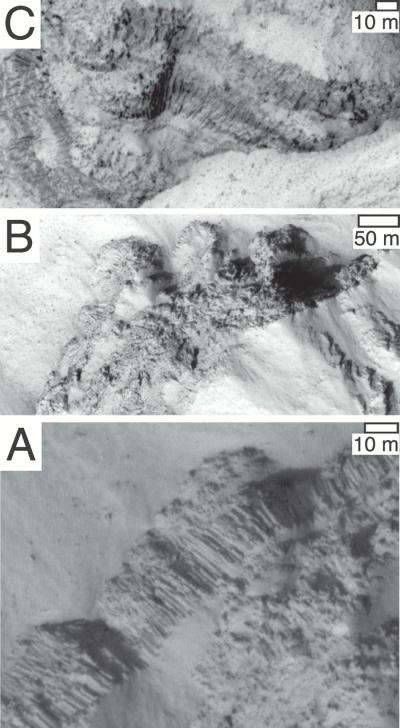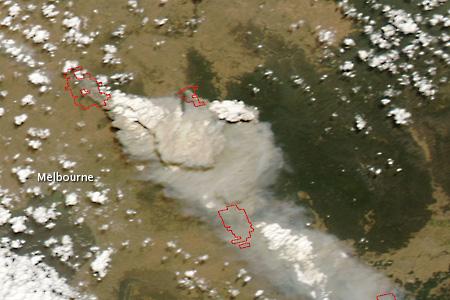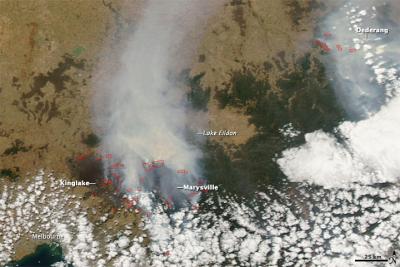I’m feeling a bit tetchy this week, and it’s not being helped by the fact that the media output from the AAAS conference, currently on in Chicago, is being dominated by stuff that one might charitably refer to as “somewhat speculative”. First-up was a talk by Dr. Alan Boss, which got headlines such as the BBC’s ‘Galaxy has ‘billions of Earths’:
So far, telescopes have been able to detect just over 300 planets outside our Solar System.
Very few of these would be capable of supporting life, however. Most are gas giants like our Jupiter, and many orbit so close to their parent stars that any microbes would have to survive roasting temperatures.
But, based on the limited numbers of planets found so far, Dr Boss has estimated that each Sun-like star has on average one “Earth-like” planet.
Erm… based on what, exactly? The preceding two paragraphs indicate that it’s certainly not the current census of extra-solar planets. You could argue that present trends towards the detection of smaller and/or less closely orbiting extra-solar planets indicate that what we’ve seen so far has been biased by the limitations of our technology, and therefore as soon as we get the ability to detect earth-like bodies there’s a good possibility we will indeed start finding them. There are some indications from a slightly longer write-up at PhysOrg that this was indeed what Dr. Boss was arguing (but note the equally breathlessly inaccurate headline). It’s an interesting discussion, and if I was forced to put some money down I’d be inclined to agree with his prediction, but I’m not particularly impressed with the failure to properly delineate between a possibility and an actual discovery.
Exhibit B was today’s reports that Alien life ‘may exist among us’:
Our planet may harbour forms of “weird life” unrelated to life as we know it, according to Professor Paul Davies, a physicist at Arizona State University.
This “shadow life” may be hidden in toxic arsenic lakes or in boiling deep sea hydrothermal vents, he says.
He has called on scientists to launch a “mission to Earth” by trawling hostile environments for signs of bio-activity.
Weird life could even be living among us, in forms which we don’t yet recognise, he told the American Association for the Advancement of Science (AAAS) meeting in Chicago.
“We don’t have to go to other planets to find weird life.
“It could be right in front of our noses – or even in our noses,” said the physicist.
Again, another intriguing possibility, but as far as I know there is absolutely zero evidence for a “shadow biosphere”. On this one, I’d probably be with the doubters: could life independently pop up again on a planet where life has already developed (it’s hard to imagine metabolically useful chemicals being able to get their own chemistry going without being scavenged by microbes)? But it does bring up a lot of interesting questions about how you’d tell, which are also relevant to detecting life outside our planet. Nonetheless, when you get down to it, this is untethered speculation, and I’m not sure that the reporting really makes that clear.
Am I the only one who finds this a little annoying? It’s not that it isn’t interesting to hear about this stuff, but the blurring between data and informed (or not-so-informed) conjecture is somewhat maddening. Surely there are some actual scientific results being reported at the AAAS?







Nice plan for content warnings on Mastodon and the Fediverse. Now you need a Mastodon/Fediverse button on this blog.